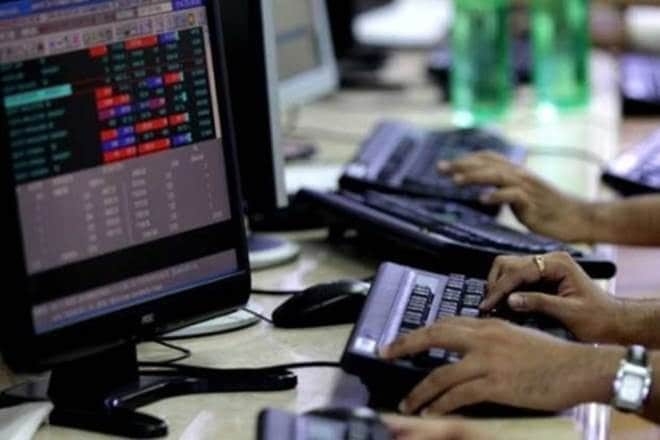Despite the Indian equity markets falling over 8% so far this year, led by a global sell-off in stocks over fears of Covid-19, top-rated stocks continue to command higher valuations compared to the mean of their peers. Bloomberg data show that among a clutch of stocks from varied sectors, most stocks are trading at a blended 12-month forward price-to-earnings (P/E) multiple higher than the mean of their Indian peers.
For example, Maruti Suzuki is trading at a blended 12-month forward P/E of 25.8x as against the mean of its peers at 17.5x. So is HUL, which is trading at a P/E of 54.5x as against the mean of its peers at 37.6x. Only L&T and Sun Pharma are trading at valuations that are lower than the mean of their peers.
Raamdeo Agrawal, chairman at Motilal Oswal Financial Services, said if the economy recovers and the earnings growth continues over the next few years, the higher valuations of some of the top stocks in the Indian market could be justified.
“Furthermore, the ETFs continue to buy into some of these top names irrespective of the valuations, which seem to be an increasing trend. That is a bigger trend in the global equity markets, and incrementally, the trend is showing up in India also. I believe though the higher valuations could correct one day because without the margin of safety, there is no investing,” Agrawal said.
According to an IIFL Securities report dated January 8, ETFs now own 8.5% of total Nifty free float and almost one-sixth of the overall institutional ownership. “In the last five years, money indexed to either Nifty/Sensex /Bankex /CPSE has risen by 24x to $23 billion, 14% of total domestic mutual fund equity AUM. Share of domestic passive money within overall passive money tracking India has risen significantly to 35%,” said the IIFL Securities note.
In January 2020, India-dedicated funds saw an outflow of $937 million, led by non-ETF outflows of $863 million, according to a Kotak Institutional Equities report. GEM funds saw inflows of $780 million, led by $495 million of non-ETF inflows and $284 million of ETF inflows.
It is interesting to note that many of the top-rated stocks have also been trading at a P/E multiple that is above their 5-year historical average. Market experts indicated that the higher P/Es reflect sustained fund flows into these scrip that may not be in sync with their earnings growth.
Deepak Jasani, head of retail research at HDFC Securities, indicated that even in bad times, investors prefer top-rated stocks to avoid large fall. “Mean of a PE ratio is influenced by high PE in the last one odd year and the lows in previous years. Narrow markets mean that even in panics, investors will prefer investing in these stocks to avoid large falls. Only when sustained institutional selling happens, we could see PE ratios of these stocks fall to the mean level or lower,” Jasani said.
Last week, foreign portfolio investors — which remained net sellers of Indian equities throughout the week — sold over $1.8 billion of equities on a net basis.

